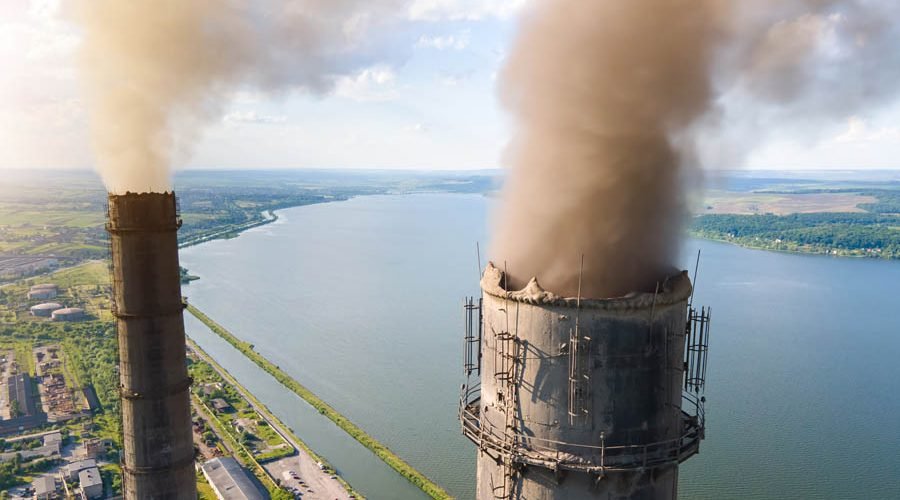Carbon dioxide, or CO2, is a colorless and odorless gas that surrounds us. Every day, you breathe it in without harm. However, in sufficient quantities, around 1000 ppm, CO2 level can impair concentration and focus. High levels of carbon dioxide (CO2) in homes, apartments, classrooms, and workplaces such as office buildings can be dangerous to occupants. CO2 can make you sleepy and tired, slow down your brain, and even give you a slight headache at higher levels, around 2500 ppm. Exposure to levels above 5000 ppm can be hazardous to your health.
Even at lower levels, you are not performing optimally when breathing in high-CO2 environments. Many people are surprised to learn about the importance of carbon dioxide monitoring and the direct impact high CO2 concentrations can have on their overall well-being, health, and cognitive abilities.
Indoor CO2 levels should be as close to 400 ppm (outdoor CO2 concentration) as possible, but no higher than 700 ppm above outdoor air. If the threshold is exceeded, more fresh air should be introduced to replenish the air. Depending on the use of the area, fresh air flow per person should range between 5 and 60 cubic feet per minute. As a general rule, a maximum CO2 level of 1,000 ppm to 1,100 ppm indoors is a good target for any home, office, or classroom.
Where Does Co2 Come From?
Indoor carbon dioxide concentrations are determined by a combination of outdoor CO2, indoor breathing, and the building’s ventilation rate. We have less fresh air as buildings and homes become more energy-efficient and airtight.
To save energy, many of today’s ventilation systems recycle air, essentially moving contaminated air around rather than cycling in new air. As a result, CO2 concentrations are high and indoor air quality is poor.
Human activities have caused the atmospheric concentration of carbon dioxide to rise dramatically since the Industrial Revolution, reaching dangerous levels not seen in the last 3 million years. Although human sources of carbon dioxide emissions are much smaller than natural emissions, they have upset the natural balance that existed for many thousands of years prior to human influence. This is because natural sinks remove roughly the same amount of carbon dioxide from the atmosphere as natural sources produce. This has kept carbon dioxide levels balanced and within a safe range. However, human-caused emissions have upset the natural balance by adding more carbon dioxide to the atmosphere while removing none.
Why is Co2 Important?
CO2 is an important air quality factor in determining indoor air quality. It is produced as a byproduct of combustion as well as several metabolic processes in humans. As a result, CO2 levels inside are generally higher than those outside. Adults exhale approximately 35,000 to 50,000 ppm of CO2, which is 100 times higher than ambient air. In an indoor setting, CO2 levels rise as the number of occupants rises. As a result, it is reasonable to assume that CO2 concentrations are proportional to human presence and ventilation. CO2 can build up in the absence of proper ventilation, diluting and eliminating the gas’s indoor concentration.
Monitoring CO2 with Indoor Air Quality Sensor
Using indoor air quality sensor for accurate control of critical indoor environmental parameters is not only necessary for the health and comfort of building occupants, but it also has a significant impact on energy efficiency.
Encouragement of changes such as installing an Indoor Air Quality CO2 Monitor, adding live plants, and opening windows will allow others to see immediate benefits such as reduced fatigue, improved performance, and increased productivity in the workplace.
Monitoring air pollution allows for more effective action. Monitoring air quality data enables people to take immediate action to combat air pollution threats such as carbon dioxide buildup. If you know there is too much carbon dioxide in your indoor space, you can control how you respond by improving ventilation immediately. Allow fresh air in and ensure that your HVAC (heating, ventilation, and air conditioning) system is in working order. If allowing outdoor air increases exposure to air pollution, mechanical ventilation with filtration can reduce pollution exposure while lowering carbon dioxide.





